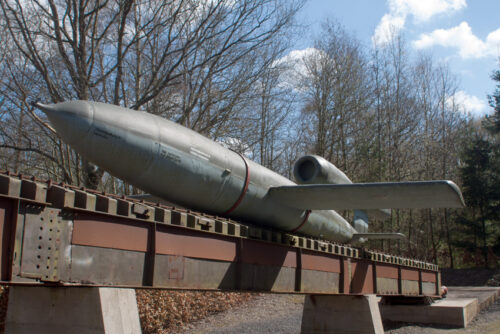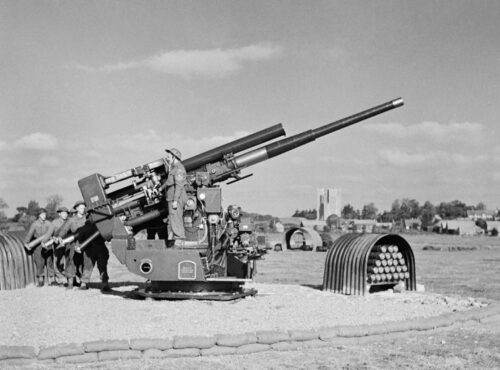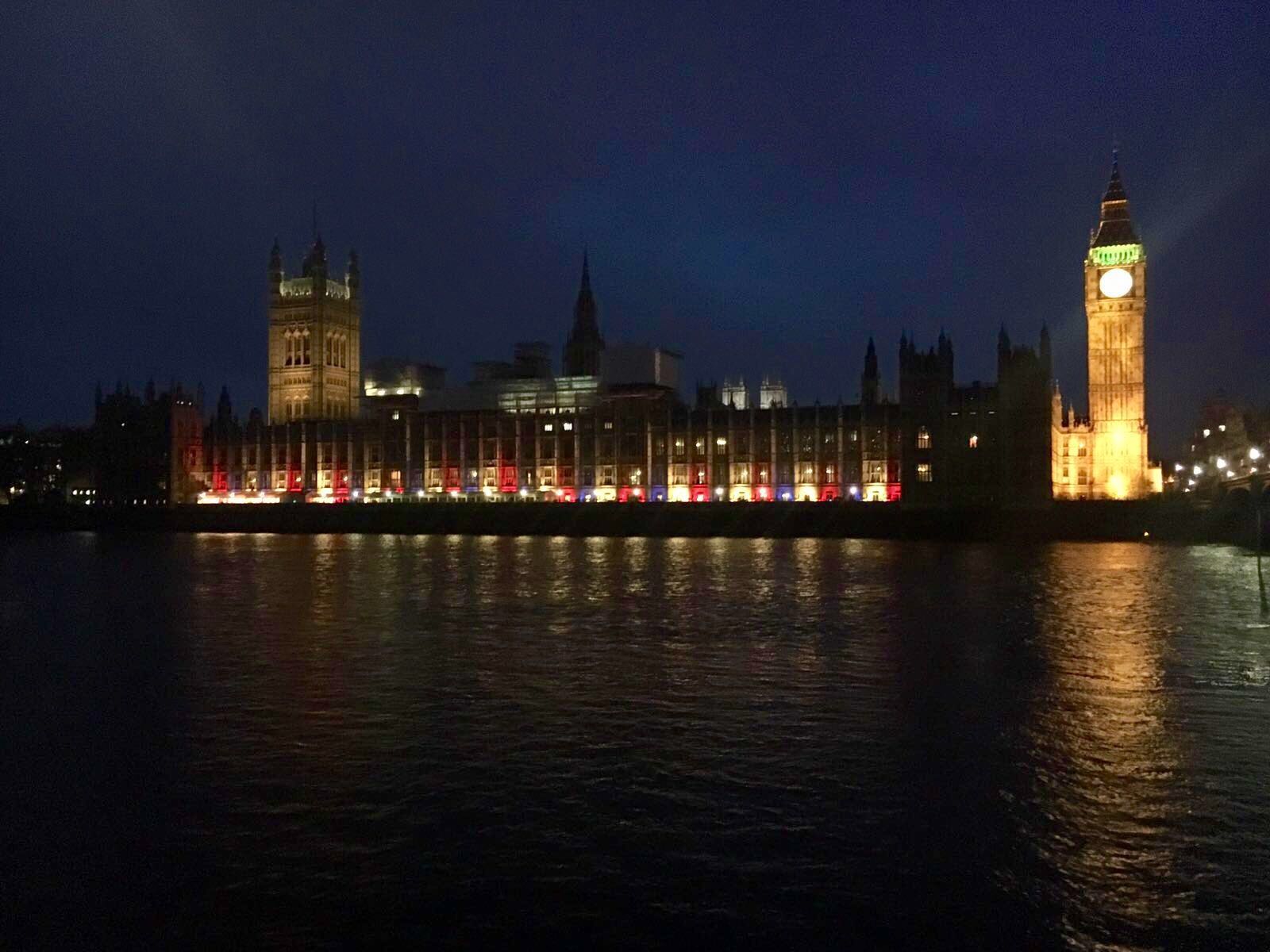UK Parliament lit up for Queen Elizabeth II’s 90th Birthday, 2016. Photo Attribution: Contains Parliamentary information licensed under the Open Parliament Licence v3.0
Victory at all costs, victory in spite of all terror, victory however long and hard the road may be; for without victory there is no survival.” — Winston Churchill.
During the Second World War, the British Parliament was not only the seat of government, but also a secret weapons factory. The Westminster Munitions Unit, as it was known was active from 1939 to 1945.The factory was located in the basement beneath the Central Lobby of the House of Commons in the Palace of Westminster and was unknown to most people at the time. The workers, who were mostly volunteers, produced millions of parts for anti-aircraft guns, as well as oxygen supply instruments for submarines. The anti-aircraft guns were vital in shooting down Luftwaffe aircraft and the V-1 flying bombs that the Nazis launched against London and other targets during the Bliz. The parts made by the unit were sent to factories in Birmingham and Coventry, where they were assembled and distributed to the army and the Home Guard.
The Blitz was a period of intense bombing by Nazi Germany against the United Kingdom during World War II. It lasted from 7 September 1940 to 11 May 1941 and targeted London and other strategic cities across Britain. The term Blitz comes from the German word Blitzkrieg, meaning “lightning war”. The aim of the bombing campaign was to destroy British air power and morale and pave the way for an invasion of Britain. However, the Blitz failed to achieve its objectives and only caused more resistance and determination among the British people. The Blitz killed about 40,000 civilians and injured many more, as well as damaging or destroying millions of homes and buildings.

The Westminster Munitions Unit was run by two clerks from the House of Commons Library, John Langdon-Davies and John Henniker-Major, who came up with the idea to set up a secret factory in the basement after witnessing the destruction caused by the Blitz. Langdon-Davies was an author and journalist who had served as a British liaison officer to the Yugoslav partisans during the war and later founded an aid organization for refugee children in Spain. He wrote several books on military, scientific, historical and Spanish subjects, and was awarded an MBE for his humanitarian work. Henniker-Major was a civil servant and diplomat who later became Ambassador to Jordan and Denmark and Director-General of the British Council. He was also a peer and inherited the title of Baron Henniker in 1980. He was involved in various cultural and educational initiatives and received several honours, including a KCMG and a CVO.
Langdon-Davies and Henniker-Major persuaded their superiors and the Ministry of Supply to approve their plan, and recruited hundreds of volunteers from the parliamentary staff and community to work in shifts in the factory. The volunteers included MPs’ wives, civil servants, senior staff clerks, Westminster police officers and firemen. Women played a vital role in the Westminster Munitions Unit, as they did in many other wartime factories across Britain They formed a complete cross-section of the parliamentary community, working side-by-side in a place that was normally elite and hierarchical. They showed solidarity and cooperation in a time of crisis and challenged the societal norms of their era. They worked in workshops that were set up in the basement beneath Central Lobby, where they used lathes, drills, presses and other machines to make the parts.

The unit operated in strict secrecy, with few people outside the government aware of its existence. The workers had to enter and exit through hidden passages and tunnels and were sworn to silence about their activities. They also had to wear special badges that identified them as members of the unit. The unit was disbanded in 1945 after completing its final contract for the Admiralty. Its records remained classified until recently.
The Westminster Munitions Unit had a significant impact on both the war and the society. It helped to defend Britain from Nazi attacks, especially during the Blitz when Parliament itself was bombed several times. It also broke down social barriers, as people from different backgrounds and ranks worked together in the factory. It was a remarkable example of how ordinary people played their part in defending their country from Nazi aggression. The Westminster Munitions Unit was one of the many examples of how Britain mobilized its resources and ingenuity to fight the Nazi threat.
*The views and opinions expressed on this website are solely those of the original authors and contributors. These views and opinions do not necessarily represent those of Spotter Up Magazine, the administrative staff, and/or any/all contributors to this site.

